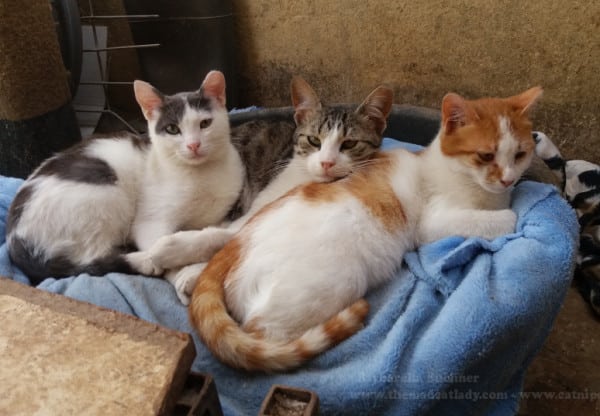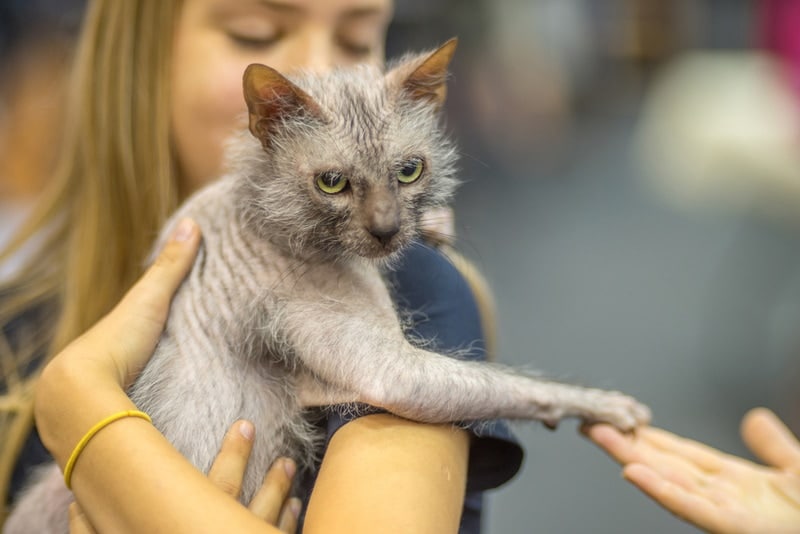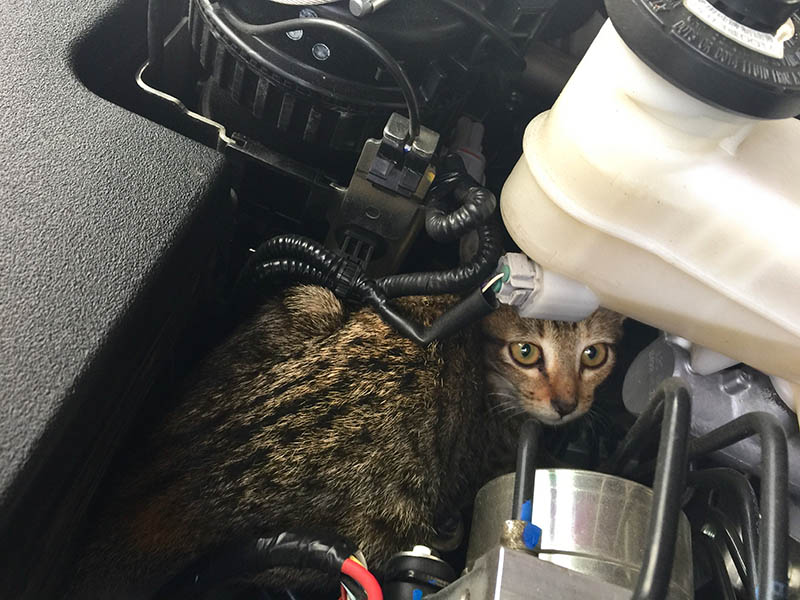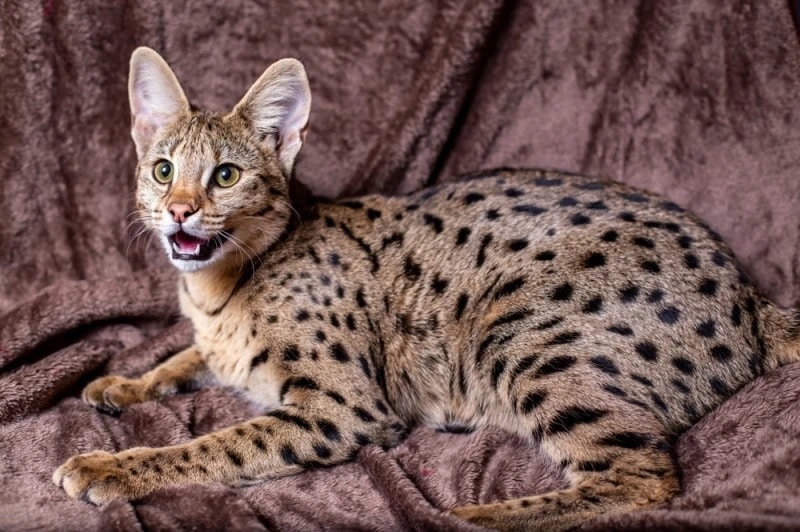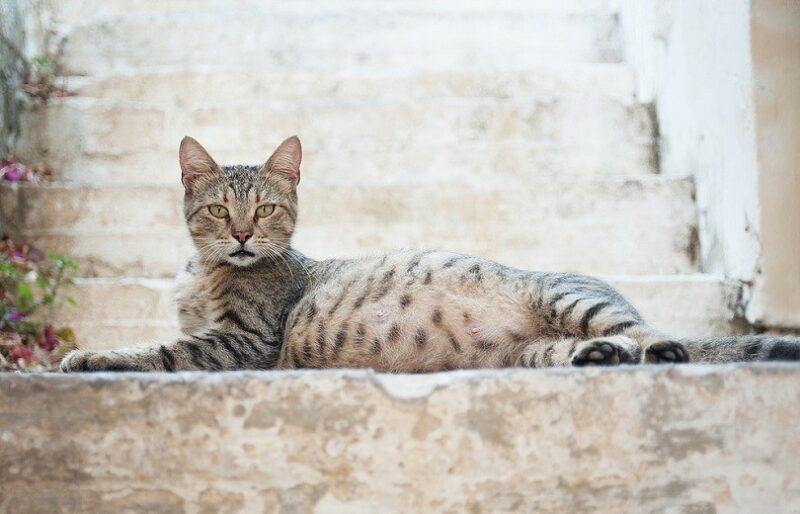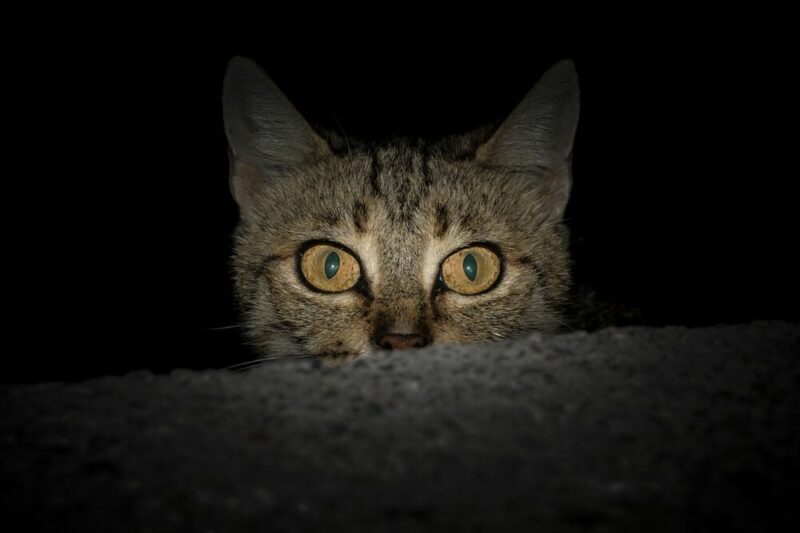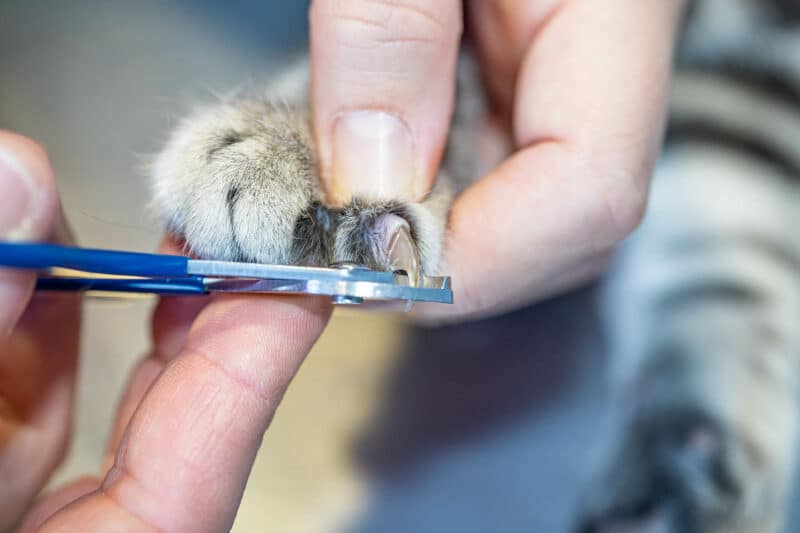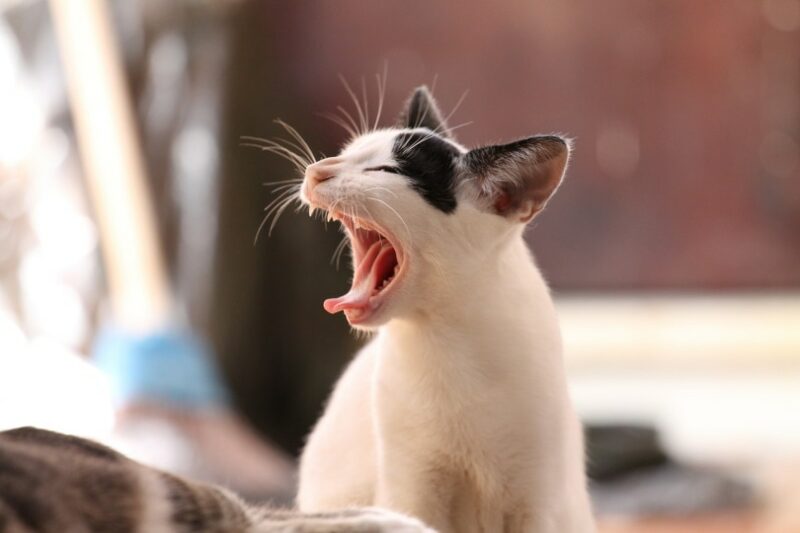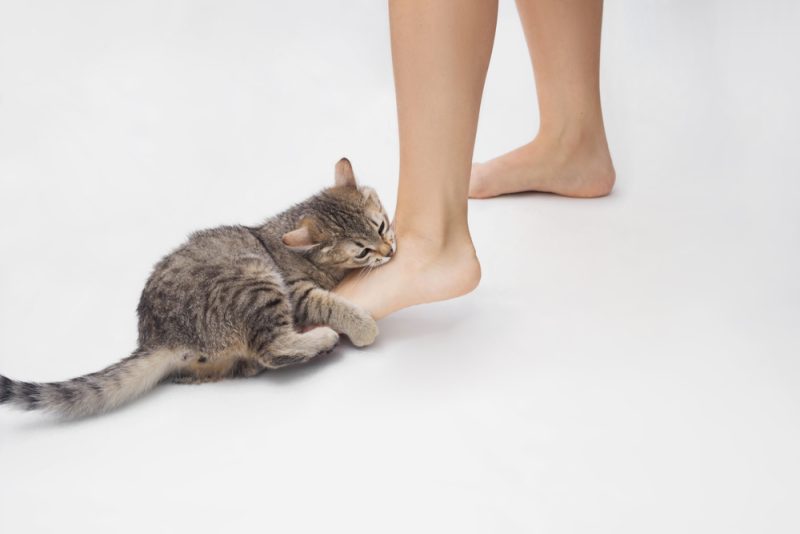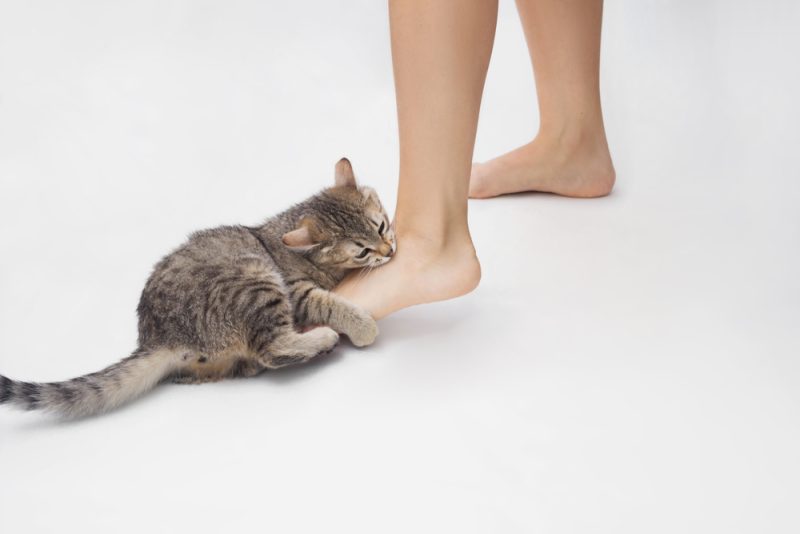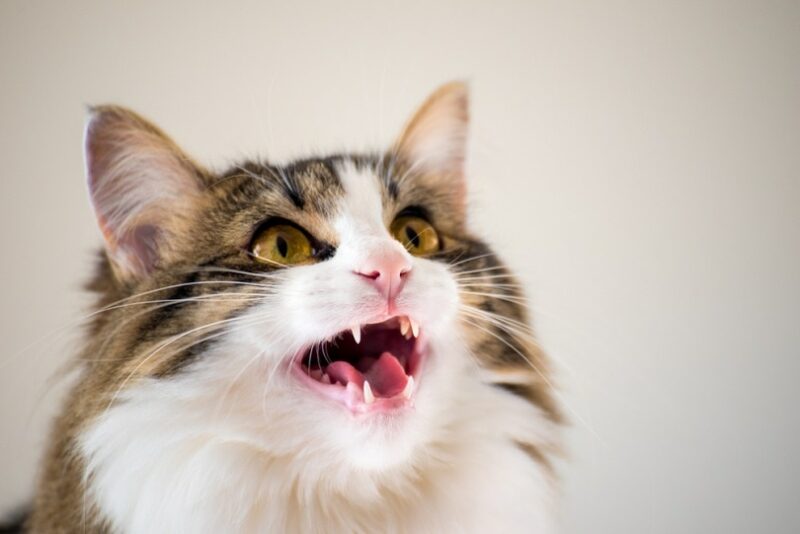You may have come across a video of a cute kitty sleeping peacefully in a small glass vase or somehow sneaking under a bathroom door. These feats are impressive, and one can only wonder how cats can squeeze into such small spaces. The answer to this question involves multiple aspects of their anatomy.
Let’s take a closer look at the unique features of our feline friends!

An Overview of the Outstanding Anatomical Features of Cats
Cats have a slender, athletic build designed to perform spectacular feats, but they also have a unique set of anatomical features that enable them to squeeze into tiny spaces that you never thought they could fit into!
Shoulder Blades and Collarbones
The shoulder blades and collarbones of cats are attached to their bodies by muscle, not bone, enabling movements that would be impossible in other mammals, including humans. Cats only have tiny remnant collar bones which additionally helps the squeezing process.
In humans, the shoulder blades and collarbones are directly connected to each other, which provides rigid support for the arm muscles, but this is also a clear disadvantage if one wants to squeeze into a tight space!
Spine
Cats have flexible spines that enable them to stretch and bend in ways that other animals cannot. One reason for this great flexibility is the presence of elastic cushioning discs between each of the bones that make up the spine. They can bend 180 degrees side to side vs our 90 degrees.
Whiskers
A cat’s whiskers are essential sensory organs. These thick hairs are hypersensitive because they are connected to nerves, which enables cats to orient themselves in the dark and judge the size of small spaces before trying to sneak in.

Why Do Cats Like to Squeeze Into Tiny Spaces?
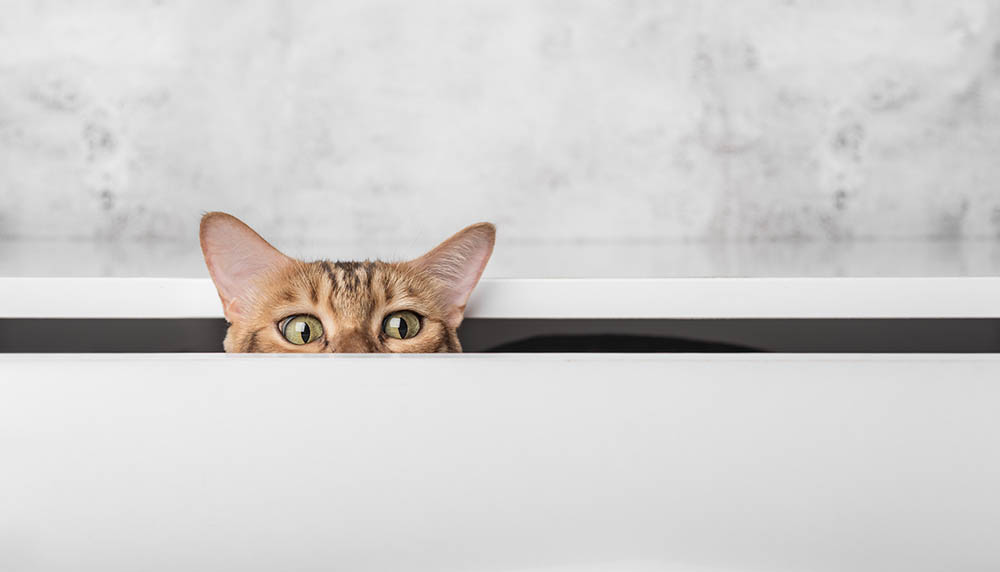
Cats usually choose to hide in small spaces when they feel stressed or scared because it helps them feel more secure. That’s why it’s best not to disturb your cat when they’re hiding in their favorite spot, unless you think that they’re sick.
Furthermore, being able to squeeze through tight spaces enables cats to escape predators and hunt small prey.
Can Cats Get Stuck in Tiny Places?
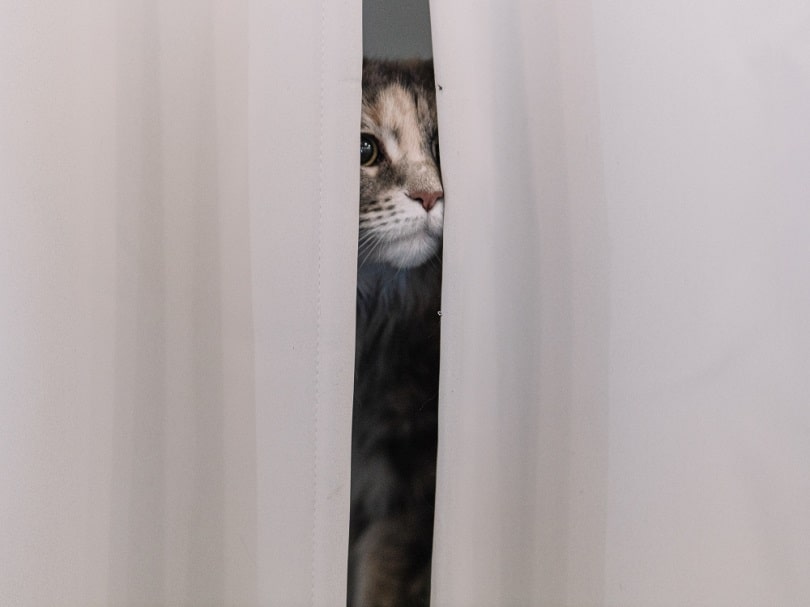
Yes, cats can sometimes get carried away with their adventurous side and get stuck in places that they can’t get out of.
An unfortunate example is a cat called Albums, who was stuck between two walls in a space so small that he could barely breathe. Fortunately, firefighters managed to rescue him in time, by removing the bricks from the wall one by one.
This is an extreme case, but it shows that despite their incredible contortionist skills and flexible bone structure, cats can sometimes get stuck in impossible places, and it can be life-threatening.
How to Keep Your Cat Safe
While there’s not much you can do to prevent your cat from getting stuck if you let them roam outside, you can still watch their diet to ensure that they’re not getting overweight and more prone to getting stuck somewhere. A veterinarian is a great source of advice when choosing the best food and portioning for your cat.
Need veterinary advice but can't get to the clinic? Catster recommends PangoVet, our online veterinary service. Talk to a vet online and get the answers and advice you need for your cat without having to leave your living room — all at an affordable price!

 Final Thoughts
Final Thoughts
Cats can fit into small spaces through a combination of anatomical features, such as shoulder blades bound by muscle, as well as outstanding flexibility. This ability is not only impressive but also useful: Cats like small spaces to feel safe, hide from predators, or catch small prey.
The next time that you catch your cats trying to squeeze into a tiny glass jar, you’ll know the reason for their surprising liquid-like characteristics!
Featured Image Credit: Chendongshan, Shutterstock
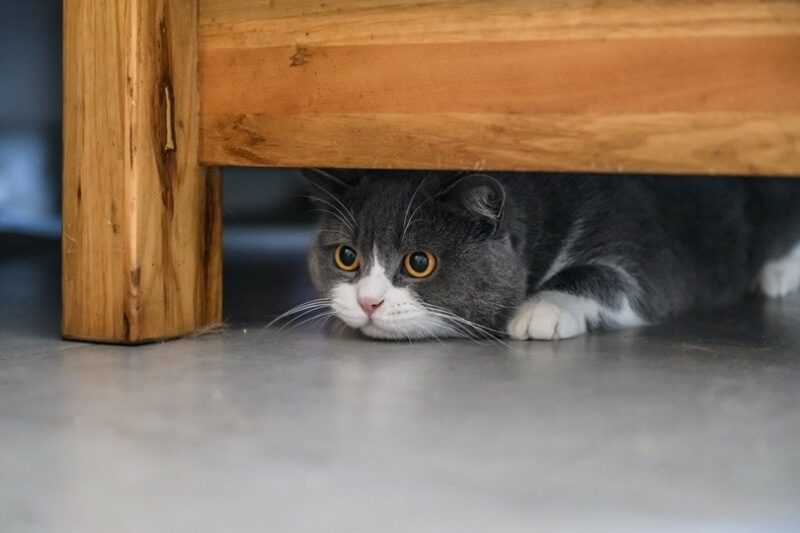
 Final Thoughts
Final Thoughts

